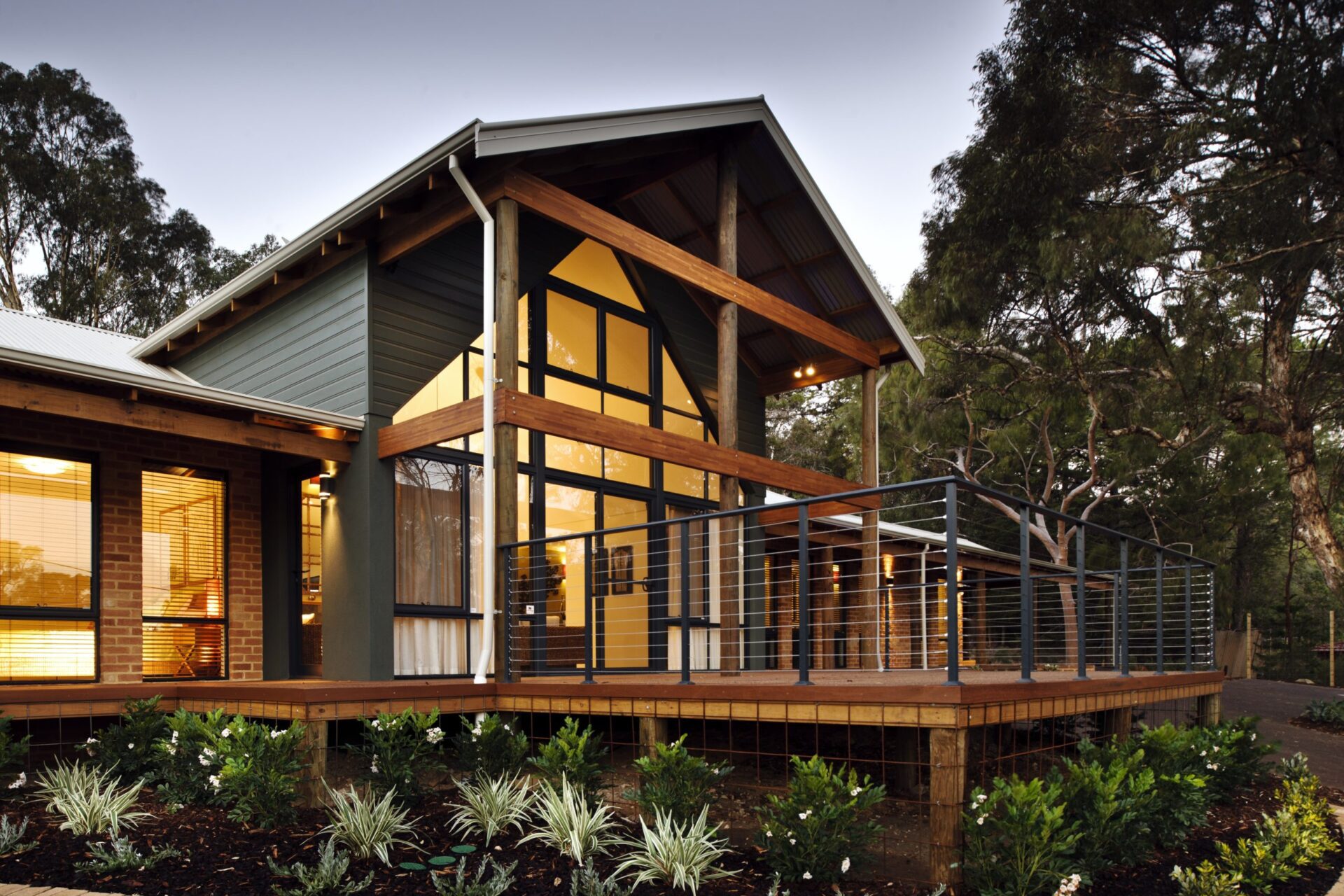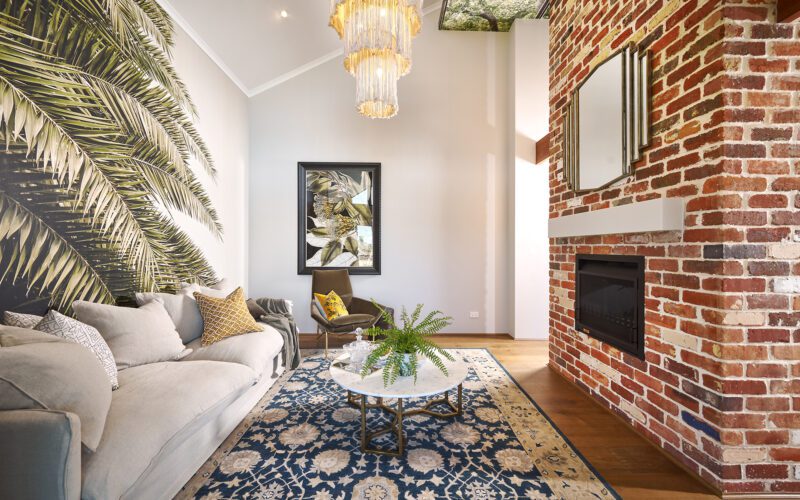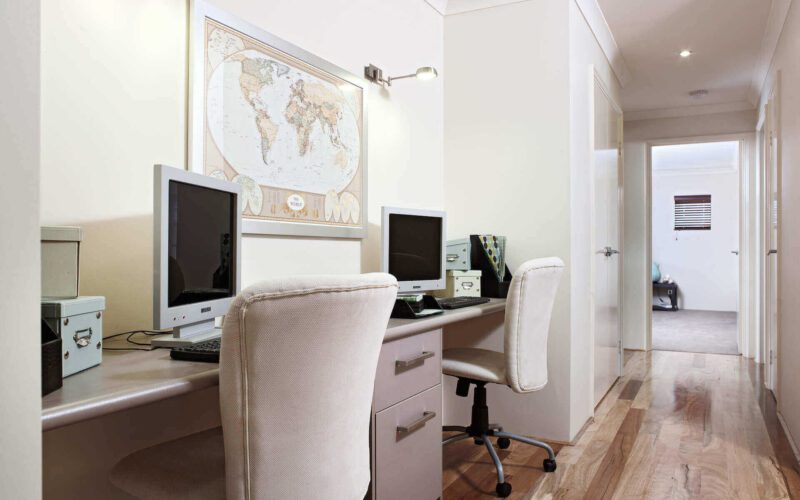
Achieving Sustainable Living
Considering the environment and sustainability in your house design is something that will not only make your home feel great, but will also reduce your day to day running costs. A comprehensive way of achieving this is through correct orientation and by implementing a design that is solar passive. Ensuring the design has inclusions that reduce it’s energy consumption.
Orientation
The layout and positioning of internal spaces should be well-thought-out and arranged in a way where the living areas can be enjoyed throughout all seasons of the year.
It is preferred that all living rooms are orientated as much as possible to the northern aspect. Spaces such as the garage positioned to the west, to shelter the home from the western sun. Whilst the bedrooms take up the southern aspect, as these spaces are often only utilised in the evening and wouldn’t benefit from being positioned to the northern aspect. Other elements such as windows to the west and south should also be reduced as much as possible, as they can be large sources of unwanted heat gain.

Lighting
Once you have the correct orientation the next is controlling when the light enters the home.
Eaves of the correct depth and height above any north facing windows, when correctly designed will allow the winter sun to enter into the interior of the home in winter. Conversely stopping the sun ray’s entering the home in summer.
Other ways of controlling the sun include having a deciduous tree that provides cover in summer and allows the light to enter in winter when the leaves fall off the tree. Manually operated screens or louvres can also control the sunlight penetration as well as other features like pergolas with deciduous vines such as grapes.
Energy Consumption
Creating a home that can capture and push natures cooling prevailing breezes throughout the internal spaces of a home is an ideal way of reducing your need for mechanical cooling. The home design needs to utilise the natural cooling cycles in order to reduce the need for air-conditioning, thus reducing expensive energy consumption.
Other items to consider may also be the level of insulation. A well-insulated home can help you maintain a regular internal temperature when trying to heat or cool your home.
Finally the inclusion of solar hot water system can reduce your energy consumption dramatically as you use the sun to heat your homes hot water. Couple this together with a PV solar system and you can make a resounding impact on reducing your homes energy usage.
An important factor to note is that a home can be designed to include all these fabulous things and still look like a charming home as long as you consider and include these things in the initial stages the benefits can be immense.











